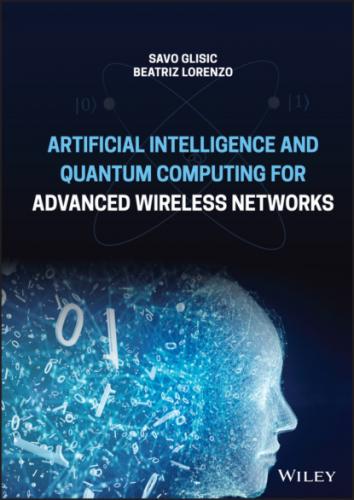Figure 3.21 (Top) Cellular neural networks (CeNN) architecture, (bottom) circuitry in CeNN cell.
CeNN cells typically employ a nonlinear sigmoid‐like transfer function at the output to ensure fixed binary output levels. The parameters aij,kl and bij,kl serve as weights for the feedback and feedforward currents from cell Ckl to cell Cij. Parameters aij,kl and bij,kl are space invariant and are denoted by two (2r + 1) × (2r + 1) matrices. (If r = 1, they are captured by 3 × 3 matrices.) The matrices of a and b parameters are typically referred to as the feedback template (A) and the feedforward template (B), respectively. Design flexibility is further enhanced by the fixed bias current Z that provides a means to adjust the total current flowing into a cell. A CeNN can solve a wide range of image processing problems by carefully selecting the values of the A and B templates (as well as Z). Various circuits, including inverters, Gilbert multipliers, operational transconductance amplifiers (OTAs), etc. [15, 16], can be used to realize VCCSs. OTAs provide a large linear range for voltage‐to‐current conversion, and can implement a wide range of transconductances allowing for different CeNN templates. Nonlinear templates/OTAs can lead to CeNNs with richer functionality. For more information, see [14,17–19].
Memristor‐based cellular nonlinear/neural network (MCeNN): The memristor was theoretically defined in the late 1970s, but it garnered renewed research interest due to the recent much‐acclaimed discovery of nanocrossbar memories by engineers at the Hewlett‐Packard Labs. The memristor is a nonlinear passive device with variable resistance states. It is mathematically defined by its constitutive relationship of the charge q and the flux ϕ, that is, dϕ/dt = (dϕ(q)/dq)·dq/dt. Based on the basic circuit law, this leads to v(t) = (dϕ(q)/dq)·i(t) = M(q)i(t), where M(q) is defined as the resistance of a memristor, called the memristance, which is a function of the internal current i and the state variable x. The Simmons tunnel barrier model is the most accurate physical model of TiO2/TiO2−x memristor, reported by Hewlett‐Packard Labs [20].
The memristor is expected to be co‐integrated with nanoscale CMOS technology to revolutionize conventional von Neumann as well as neuromorphic computing. In Figure 3.22, a compact convolutional neural network (CNN) model based on memristors is presented along with its performance analysis and applications. In the new CNN design, the memristor bridge circuit acts as the synaptic circuit element and substitutes the complex multiplication circuit used in traditional CNN architectures. In addition, the negative differential resistance and nonlinear current–voltage characteristics of the memristor have been leveraged to replace the linear resistor in conventional CNNs. The proposed CNN design [21–26] has several merits, for example, high density, nonvolatility, and programmability of synaptic weights. The proposed memristor‐based CNN design operations for implementing several image processing functions are illustrated through simulation and contrasted with conventional CNNs.
Training MCeNN: In the classical representation, the conductance of a memristor G depends directly on the integral over time of the voltage across the device, sometimes referred to as the flux. Formally, a memristor obeys i(t) = G(s(t))v(t) and
Figure 3.22 Memristor‐based cellular nonlinear/neural network (MCeNN).
Online gradient descent learning, which was described earlier, can be used here as well. With the notation used here, we assume a learning system that operates on K discrete presentations of inputs
